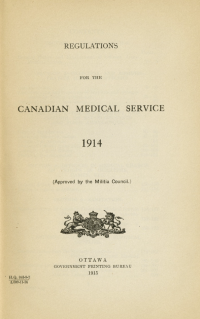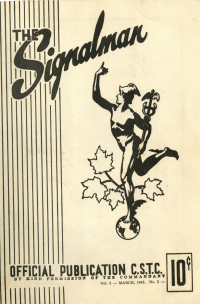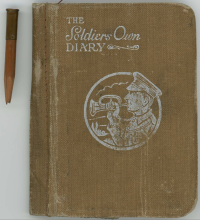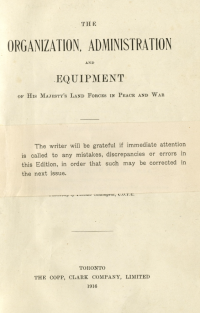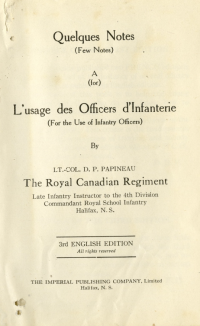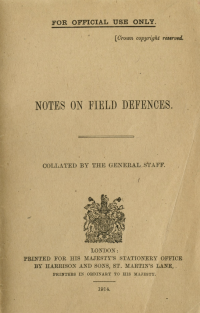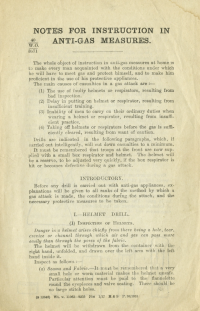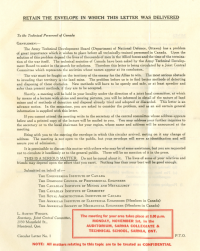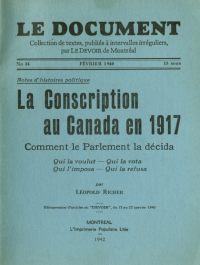Fighting
Regulations for the Canadian Medical Service 1914
This book outlines the regulations placed on the Canadian Medical Service by the Militia Council. It covers topics like field ambulances, sanitation, surgical supplies, and vaccinations.
The Signalman
Signalmen were responsible for transmitting and receiving messages using flags and/or morse code. Published by the Canadian Signal Training Centre in Kingston, Ontario, the magazine includes regional stories, accounts from Vimy Ridge, and articles on major contemporary events like the Crimea Conference.
Soldier's Pocket Diary
Small pocket diaries just like these were prized by front-line troops during the First World War. Soldiers often used these to keep track of the weather, their daily activities, and who had sent them letters and parcels. In some diaries there are small photographs, pressed flowers, and even a real preserved butterfly.
Organization, Administration, and Equipment
This book covers various topics that the author believed to be necessary for soldiers to know during the First World War. The book begins with several key definitions, and also includes important information about the Canadian militia, mobilization, and medical services in the field.
A Few Notes for the Use of Infantry Officers
This guide was written in both French and English, with the purpose of teaching young officers and N.C.O.s about the new training system and how to become an efficient infantry officer.
Notes on Platoon and Company Drill
This booklet is an instructional manual issued by the War Office for Allied troops. The manual acts as a guide for any movement or formation that a commander may order, including how to improvise during real-world circumstances.
Notes on Field Defences
This booklet was issued by the War Office as a condensed and updated version of Notes from the Front Volumes I and II. It includes crucial information for troops on the front line about bombs and grenades, French military explosives, and German field defences.
Anti-Gas Measures
Chemical weapons were first introduced to contemporary warfare during the Battle of Ypres in 1915. Since poisonous gas had never been deployed at such a large-scale, soldiers on the front lines were initially unprepared. Pamphlets such as this one offered soldiers instructions on how to use the respirator and helmet, as well as breathing exercises and disinfections methods.
Call for Technical Developments - Land Mines
This letter was sent by the Department of National Defence in 1943 in order to address the issue of land mines in enemy lands. This letter addressed various institutes with technically-trained professionals that the government believed could come up with a faster and safer method of removal.
The letter also stressed the urgency of this matter, stating that, "The lives of some of your relatives and friends may depend upon the effort that you exert."
Le Document
Le Document is a French-Canadian publication that covers various social and political regional issues. This specific edition from February 1940 focused on the topic of conscription in Canada in 1917.
The editors felt it was their duty to share this information about conscription with the people of Québec, including who supported it, who voted for it, who opposed it, and who refused it.

